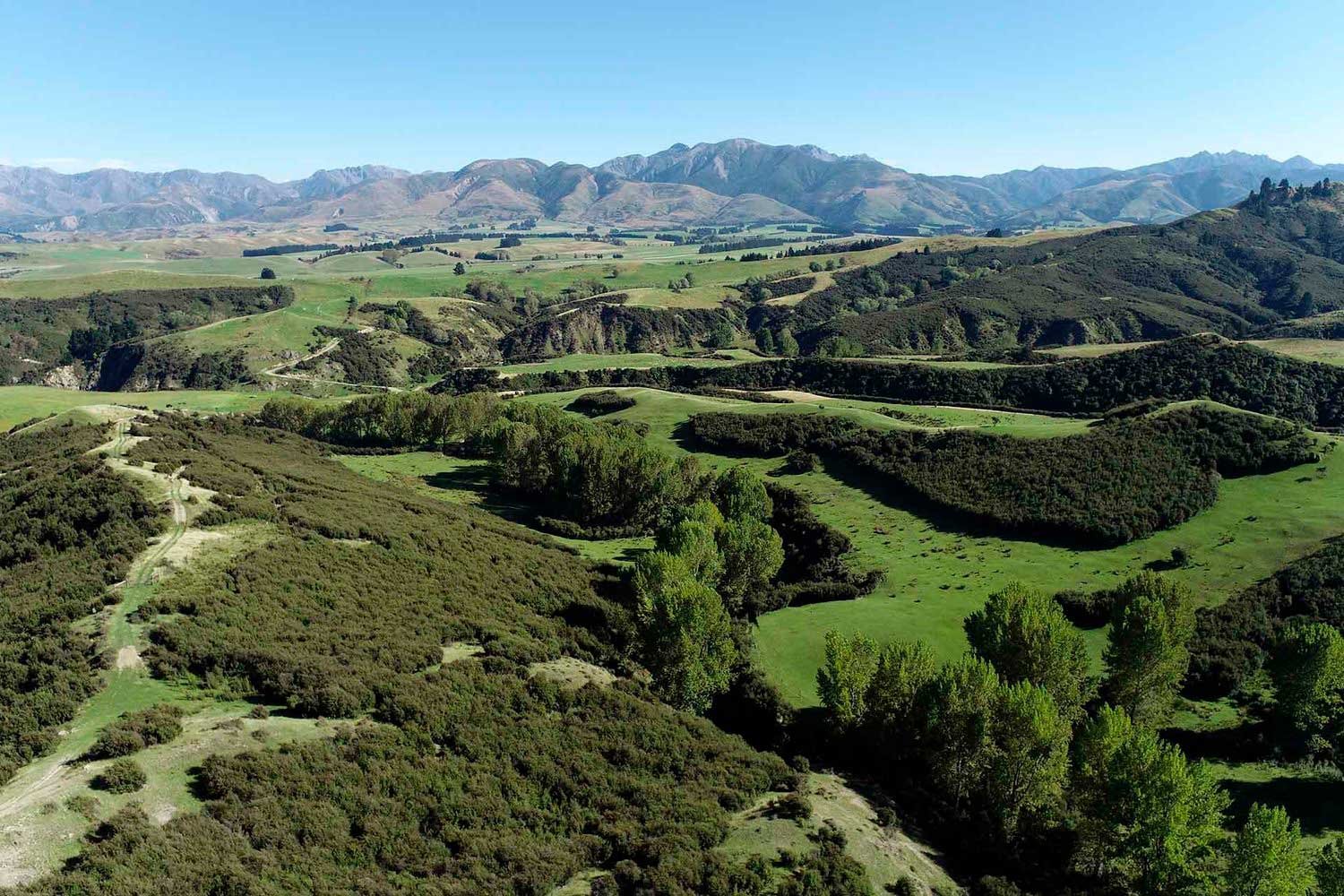
Flax Hills Forever Forest
The Forest
The Flax Hills Forever Forest, developed by Forever Forests Ltd spans 69 hectares and has ceased grazing activities to restore it to its native forest state.
Within the property, approximately 69 hectares already host native forest areas, serving as a seed source for future reforestation efforts, complemented by supplementary planting from the landowners.
Preservation of this native forest contributes to improved water quality in nearby rivers and coastal waters.
Integrating this forest into the farming system protects a sensitive land area through retirement and regeneration into native forest.
The People
The landowner, Karl Perkins, aims to expand the area dedicated to native bush under Forever Forests to around 100 hectares within the next few years.
The Flax Hills Forever Forest project is located on the east coast of the South Island, in Kaikoura, New Zealand.
The Location
Technical Stuff
The Flax Hills Forever Forest is being undertaken under the Permanent Forest Category of the New Zealand Emissions Trading Scheme. The project issues New Zealand Units (NZUs) based on New Zealand Government rules for carbon sequestration rates by indigenous forest.
Once the NZUs are sold to a carbon offset buyer, they are cancelled in the New Zealand Emissions Trading Registry so they cannot be used by (or sold to) anyone else.
Flax Hills Forever Forest
Project Name
69 ha
Project Area
Karl Perkins
Project Owner
Project Developer
Kaikoura, Canterbury, New Zealand
Project Location
Continuation of pastorlaism (sheep/beef grazing)
Baseline Scenario
Permanent forest protection
Project Scenario
Afforestation/reforestation (A/R): Enhanced natural regeneration
Activity Type
Carbon sequestration; biodiversity conservation; water quality protection; climate resilience
Project Benefits
Not applicable
Trees Planted
Information to come
Carbon Credits Issued
New Zealand Emissions Trading Scheme - Permanent Forest Category
Carbon Credit Standard
Ministry for Primary Industries
Verifier
Carbon Credit Registry
Credits available
Carbon Credit Status
Follow The Money
Conservation costs money. The main cost elements are:
Establishing a forest. This forest was established by nature because it naturally regenerated after the landowner stopped grazing this land.
Conservation management costs. This includes pest and weed control, forest monitoring, and the administration of the carbon project (carbon returns, registry account management and general administration).
Opportunity costs. This is the revenue that the landowner has given up to enable forest conservation to happen. In this project the landowner gave up revenue from pastoral farming - revenue that would normally be used to make a living off the land.
Carbon credit revenue goes to cover these costs.




